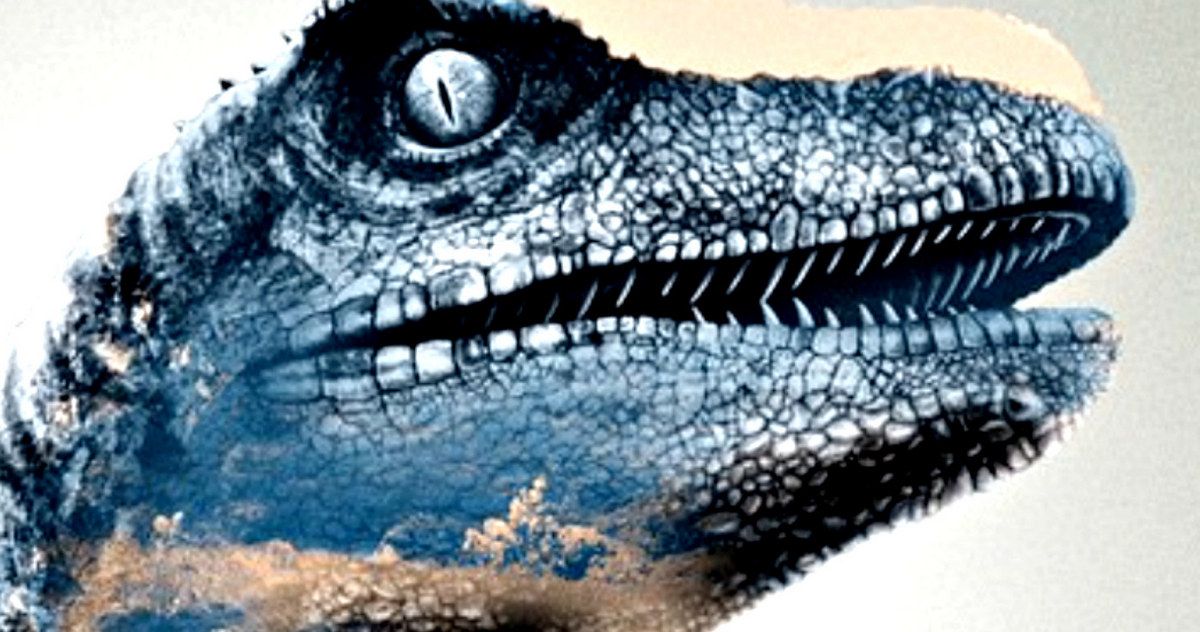When Jurassic World hits theaters next weekend, it will have one very big distinction that makes it different from Jurassic Park. And that's the science on display in this new Steven Spielberg produced sequel. According to a report, what we'll see on screen in Jurassic World in terms of its science is much more plausible and realistic. In fact, it could happen!
What makes Jurassic World so much more 'scientifically plausible' than it's predecessors? It's the fact that the movie deals with genetic engineering. The first movie, instead, was focused on the retrieval of Dinosaur DNA. Montana State University's Dr Jack Horner, who worked as a technical advisor on all four movies, states:
"We don't have dinosaur DNA but we can make transgenic animals. The cool thing about making a hybrid is that we can take a whole bunch of genes from other animals and mix them together to make a new animal, which is actually more plausible than bringing them back."
You may not believe this, but Dr. Horner is actually in the process of trying to recreate a small 'dinosaur' right now by genetically reverse-engineering a chicken. In Jurassic World, the park's geneticists create a hybrid dinosaur known as Indominus Rex through genetic engineering from the DNA of Giganotosaurus, Rugops, Majungasaurus, and Carnotaurus. You can watch Dr. Horner talk about the reality of this science in the BBC Interview below:
embed/embed

